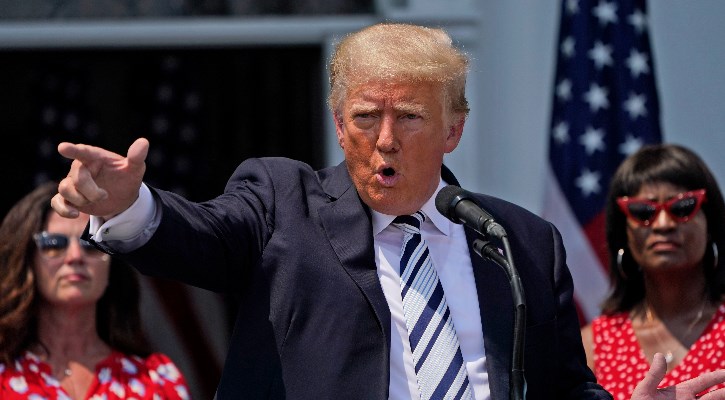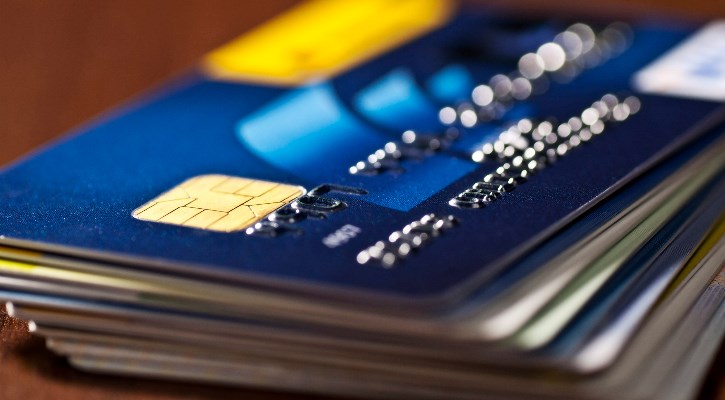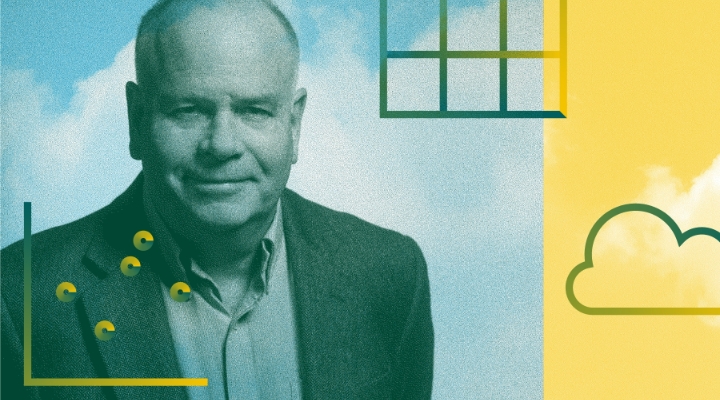
Last January, the big news was GameStop (GME). Today, it is Digital World Acquisition (DWAC), which over the past eight weeks has surged from $10 to $77 per share.
DWAC is a special-purpose acquisition company, or SPAC, which is scheduled to merge into a new Donald Trump organisation, Trump Media & Technology Group. (Those unfamiliar with how SPACs operate may wish to read the Jan. 6 article Why SPACs Are a Racket.)
Donald Trump has been the draw, not DWAC's founders. In fact, when DWAC raised its initial cash, through the usual SPAC method of soliciting institutional investors (mostly hedge funds), the company slightly scaled back its offering. DWAC had hoped to sell 30 million shares coming out of the gate, but it settled for 28.75 million. (Each two shares were accompanied by a warrant.) If DWAC's principals knew in advance the company would buy a stake in a Trump property, as has been alleged, it seems they did not tip their hands.
After going public, the stock sat at its opening price of $10 a share for three weeks. Then, on October 20, Trump Media announced its existence, along with the fact that DWAC would be providing the company with its capital. Two days later, DWAC's stock commanded $118 per share. The seed investors fared very well! (Imagine the regret of the hedge fund managers who were approached by DWAC's promoters, but who decided to pass on the opportunity.)
A Big PIPE
Although Digital World’s stock had skyrocketed solely because of Donald Trump’s brand —Trump Media possessing no history, no financials, and only the vaguest of business plans — by early December the company could point to something more tangible: a $1 billion commitment from so-called PIPE investors, which increased the company’s cash to $1.25 billion. For DWAC shareholders, this appeared to be doubly good news.
First, Trump Media became that much better capitalised. Second, in exchange for their money, PIPE investors accepted convertible securities that could be exchanged for common shares at a price of $33.60.
That seemed to be a powerful vote of support. Not only had institutions pledged $1 billion to the new entity, but they did so while paying more than three times Digital World’s initial value. True, the conversion price was below Digital World’s market price. If PIPE investors converted their shares, they would dilute public shareholders’ equity. But at least the bargain had set a floor. Unless the smart money had erred, DWAC's shares were worth at least $33.60.
Smoke, Not Fire
Only that’s not what the transaction indicated.
The $33.60 represented the most that PIPE investors will pay for their shares, not the least. If the average daily price of Digital World’s stock during the 10 days after the merger (rumors are it will occur in late February) surpasses $56, then the conversion price is the official figure of $33.60.
If not, then the conversion price declines, becoming 60% of the average daily price, with a minimum value of $10. That is, PIPE investors could pay as little as $10 per share, scarcely a vote of confidence in Digital World’s prospects, given that the stock traded at $45 when they bartered their terms.
Therefore, the PIPE investment did not signal what the smart money thought about Trump Media & Technology. It was instead a short-term trade of DWAC's shares. Because PIPE investors may sell their shares as soon as the merger commences, their arrangement all but guarantees them a quick, fat profit. Even if Digital World’s stock was to lose two thirds of its value from when the PIPE investors struck their deal, falling to $15, PIPE investors will earn a 50% return.
Five Investor Rungs
Nice work, if you can get it. But unless you are a Wall Street insider, you cannot. The ladder of SPAC investors contains five rungs, four of which are occupied by institutions. On top are 1) the SPAC sponsor and 2) the underwriter, which put up little money. Further down the ladder are 3) the investors who deliver the seed capital and 4) PIPE investors. Those two parties supply the merger’s cash, while receiving volume discounts. Finally comes the public, which buys its shares on the secondary market. It obtains no special favours.
In other words, public shareholders pay a SPAC’s way. It must be so. If each of the other four parties collect fees from the SPAC or receive discounted shares, then the fifth party must foot the bill. The math insists. That holds particularly true with DWAC, for two reasons.
One, the company’s PIPE investors received unusually favorable terms. Two, its acquisition target is a shell that brings no assets to the bargain. Thus, public shareholders are twice diluted — once by the SPAC’s insiders, and then again by Trump Media & Technology’s ownership stake.
Running the numbers
The return prospects for DWAC's public shareholders are bleak. Just how bleak may be witnessed by the below chart, which depicts the estimated total returns for three tiers of Digital World’s investors:
- 1) the IPO investors who paid $10;
- 2) the PIPE investors who will pay between $10 and $33.60; and
- 3) public investors, who paid $70 if they bought their shares at this week’s opening price.
The returns are calculated for four scenarios:
- Bear (the company becomes worth 100% of the cash contribution). The market capitalisation of the post-merger entity becomes solely the $1.25 billion dowry that Digital World brought to the marriage;
- Neutral (300%). Trump Media & Technology delivers $2.5 billion of value, making the company worth $3.75 billion.
- Bull (700%). Trump Media & Technology creates $7.5 billion of shareholder wealth, so that the company’s market capitalisation becomes $8.75 billion.
- Strong Bull (1400%) Thanks to a $16.25 billion contribution from Trump Media & Technology’s business, the new entity carries a market capitalisation of $17.5 billion.
(Note: These projections are oversimplified because SPAC investors have the right to tender their shares back to the company, at the $10 issuance price, before the merger occurs. Presumably, such redemptions will not occur, since DWAC's stock price is so far above that level. But the possibility should be mentioned. Also, the profit for initial shareholders is greater than would be suggested by their $10 per share purchase price, because they also received warrants )
I have no idea which, if any, of these scenarios is likely. Nor does anybody else. Trump Media & Technology is a shell company that resists investment analysis. However, given that Fox Corporation (FOXA), which owns more than just Fox News, is worth $23 billion after decades of operation, my Strong Bull case of $17.5 billion must surely be regarded as that.
Here are the estimates for future performance of the three investor tiers, taking into consideration that the number of shares outstanding depends upon the stock’s future price:

The outlook
If they haven’t already cashed in their chips, the initial public offering investors will do so shortly. For their part, PIPE investors can’t legally sell their positions yet (although they can hedge their positions by shorting), but barring a collapse in DWAC's stock price, caused by public shareholders suddenly agreeing with the Bear assessment — an event that seems highly unlikely — they also will record a handsome profit. However, public shareholders will only come whole if Trump Media & Technology performs something of a business miracle.
Or, of course, one can ignore such computations, and buy DWAC’s stock in the hope that somebody else will pay more. That sometimes works, as annoyed GameStop shareholders informed me 12 months ago. (“Informed” is the politest of euphemisms.) And sometimes it doesn’t. The day that my GameStop article was published, that stock closed at $325. Today, you can buy it for $108.
Four weeks from now, Digital World shares might trade above today’s price. That wouldn’t surprise me. But I expect its price to be lower, probably substantially so, by one year from this time.
In Closing
Two amusing tidbits. First, Digital World’s underwriter is EF Hutton. No, your memory does not fail you; the company was absorbed by Shearson Lehman decades ago. However, in 2021 the EF Hutton brand was resurrected, becoming the old/new name of the investment bank, Kingswood Capital Markets.
Second, as I was preparing this column, I received a kindly-worded email inviting me to attend The SPAC Conference 2022 as a media representative. It seems that the search engine that strung together “Rekenthaler” + “journalist” + “SPAC content” neglected a final and critical item: “conceivably favourable commentary.”
John Rekenthaler (john.rekenthaler@morningstar.com) has been researching the fund industry since 1988. He is now a columnist for Morningstar.com and a member of Morningstar's investment research department. John is quick to point out that, while Morningstar typically agrees with the views of the Rekenthaler Report, his views are his own





























